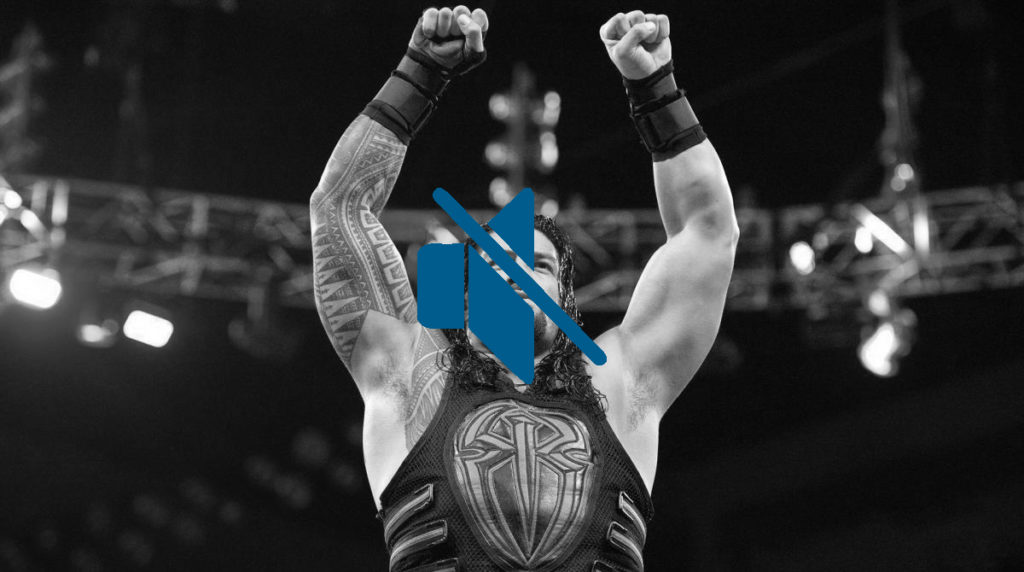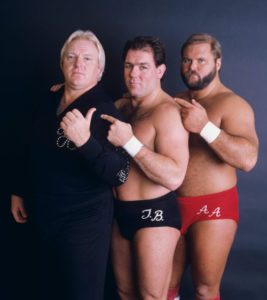Editing History

A few weeks back I stumbled upon and old episode of WWE Saturday Night’s Main Event. The episode had been ripped from the WWE Network and uploaded onto YouTube and with little interest in taking down shows from the 1980s, the WWE had yet to take the show down. Originally I was suspicious of any wrestling show older that 1995. Shows coming from an era where large boisterous characters often took up more time than any legitimate wrestling would. However this episode had something special.

The main event was a tag team match between The Rockers, Shawn Michaels and Marty Jannetty, and The Brain Busters, Arn Anderson and Tully Blanchard. It was a good matchup between the nimble and quick style from The Rockers and the hard, pounding style of The Brain Busters. As the match went on both teams allowed for one another to show off their styles. Jannetty especially carried his team around the ring and to the outside as The Rockers eventually went on the beat Anderson and Blanchard. The match resembled a modern show more than something out of the 80s. It revealed how innovative and forward thinking some of WWE and wrestling as a whole was over three decades ago. And it revealed just how much has been edited.
It’s no secret that the WWE constantly edits nearly every clip, moment, and show they air. Originally noticed around the time John Cena would be booed endlessly by crowds became glaringly and obvious once Roman Reigns took over as headliner. Crowds were turned down, muted, and oftentimes replaced by generic cheers in subsequent streams and airings. This tactic originally stemmed from the WWE’s odd history of editing and censorship. Chris Benoit’s dubious death created a strange black hole where his name would never be mentioned. Chyna’s post WWE career in adult entertainment, alongside some backstage WWE politics and grudges, left her out of years of mentions and flashbacks until only recently. And it’s this practice that brings me back to that Saturday Night Main Event.

Throughout the show the crowd would boo and cheer wrestlers, but the audio wouldn’t always match the crowd’s visual reaction. Hulk Hogan, Macho Man Randy Savage, and Andre the Giant would send any crowd into hysterics in the late 80s. But was the Red Rooster making women scream and men cheer? Throughout matches the crowd seemed constantly on edge, constantly ready to cheer or boo, constantly waiting for the next big moment, and always making some kind of noise. Yet if you look beyond the ring the crowd is often sitting down, watching, and just waiting for the match to be over.
Maybe, perhaps, the noise does match the arena. Maybe crowds were more into each match because wrestling had yet to lose its sheen and everything was still very real. But that’s the sad point of it all, I don’t know. WWE’s decades worth of editing, bending reality to fit their wishes, has cast a deep, dark shadow across their entire history. Every immense entrance will be called into question, every grand moment creating a kernel of doubt in the brain. History naturally has its rough moments, pieces of time we rather not think about, learn about, or reflect upon. WWE’s disregard for their own history, their own truth, and their own roots, reveals a deeper level of disrespect for who came before.

